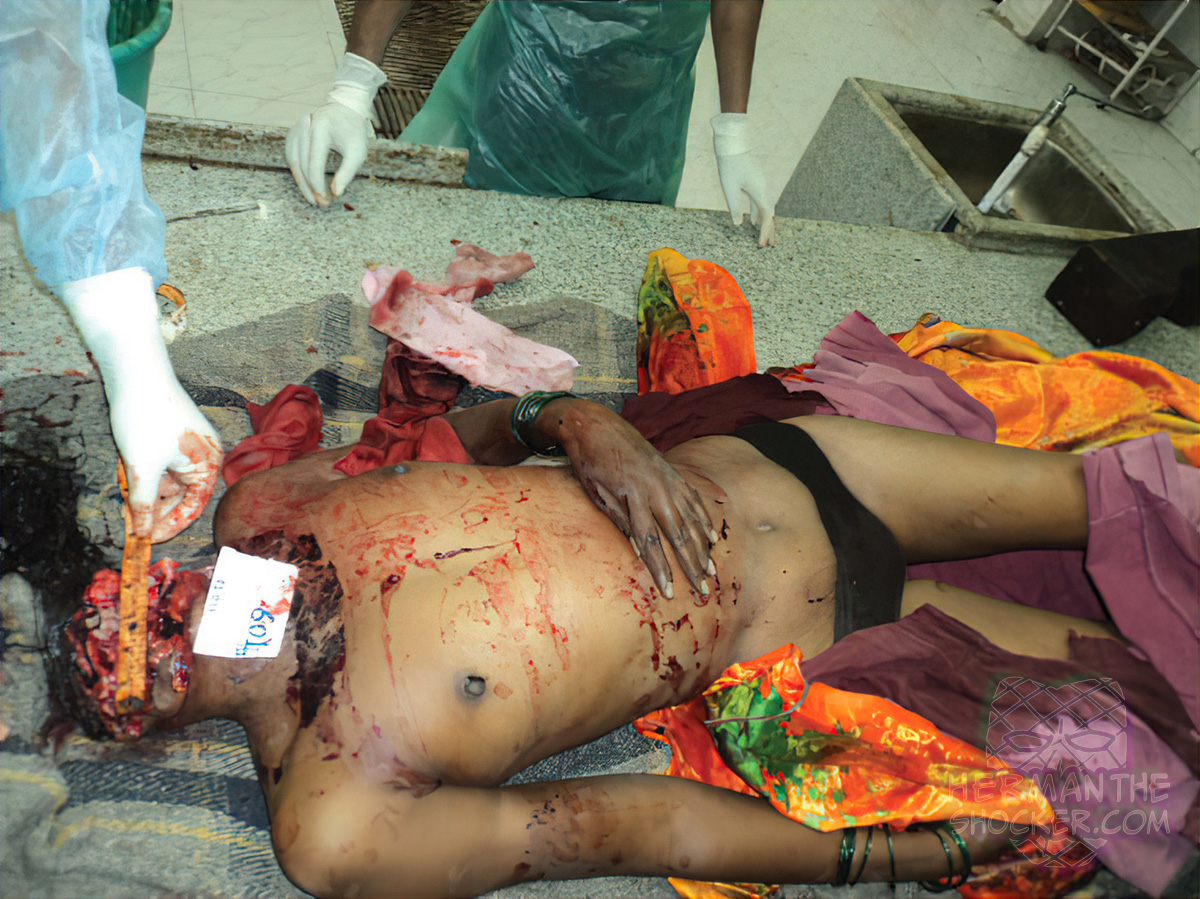India. A 24-year-old woman was traveling in a bus with her child and husband, she was seated on the right side in the last row beside a window. It was a non-air-conditioned 2×2 bus having a front door on the left side and window panes of sliding fiber glass without any grille. Around 4.00 a.m., due to the sudden bumping of the bus the head of the deceased protruded through the window. At the same time, a truck coming from the opposite direction passed at speed close to the bus. As the deceased’s head was sticking out of the window, it hit the right front corner of the truck. There was severance of the head in a scissor mechanism between the truck and the window of the bus.
As it was early morning, most of the passengers were fast asleep, along with the victim. Hence, neither the passengers nor the victim herself or her husband were able to extricate her head from the window of the bus. The bus was not equipped with any modern safety device or seat belts or any grilles on the windows. The speed of bus travel at the time of impact is not precisely known, but the usual speeds at which buses travel in India range from 60 to 90km/h. After a while, the victim’s husband realized what had happened and cried for help. The body was subjected to postmortem examination at our institute.
On external examination, the deceased was of average build wearing traditional Indian clothes of sari and blouse. The clothes were soaked with blood. The head and face were crushed and decapitated at the level of C1 to C2 cervical vertebra with partial presence of posterior scalp tissue. The injury extended up to the upper one-third of her neck. The margins of the wound were abraded and contused.
Oblique crushed decapitation injury was noted at the level of the hyoid bone anteriorly and between C1 and C2 cervical vertebrae posteriorly. An irregular line of transection could be seen running from the anterior side of the neck at the level of the hyoid bone to posteriorly between the occipital bone and C1 vertebra, with the surface showing crushing of neck muscles, trachea, esophagus, large vessels, nerves, cervical spine and cord. No other external injury was noted.
On internal examination, all other organs were intact and pale. At the site of the incident, the head was missing. It may have adhered to the truck which did not stop. Hairs and some traces of tissue were found in the bus. It was concluded that the deceased died due to accidental decapitation due to the protrusion of her head from the window of the bus.
Latest posts













